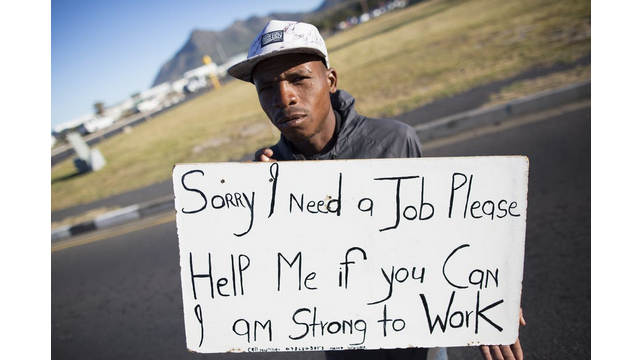
By Professor Owen Skae, Associate Professor and Director of Rhodes University Business School
South Africa recently hosted a Jobs Summit that brought key stakeholders –government, business and labour – under one roof to find better ways of tackling the country’s stubbornly high unemployment rate. Anchored by the country’s President Cyril Ramaphosa in his new broom sweeps clean posture, the summit promised a lot but delivered very little substance.
It’s my view that the summit failed to deliver substantive conclusions that can dent the country’s high unemployment rate because it didn’t ask the right questions and shied away from difficult debates.
It was also intellectually lax. Take the reference to the National Development Plan, a blueprint for the country unveiled by then President Jacob Zuma in 2012. Ramaphosa in his opening address to the summit referenced the plan as a guideline of sorts.
In the National Development Plan, we said that if we were to effectively and sustainably tackle this triple challenge (unemployment, poverty and inequality), we should aim to reduce unemployment to at least 6% by 2030. We need to acknowledge that we will not be able to reach that target unless we do something extraordinary.
The problem with the statement is that it ignores the fact that the National Development Plan has been dead as a functioning blueprint for a while. Though officially released by Zuma amid much fanfare, the plan was actually never pursued under his presidency. And the country is way off the trajectory that informed the plan. Everyone who cares about these things should know this.
Quoting a target from the moribund National Development Plan can also be seen as continuation of a culture of ignoring hard facts in the development of policy by the South African government.
In addition, the summit ignored the great chasms that exist between stakeholders on approaches of how to create jobs. In not providing the hard evidence of what the country faces, and by not addressing deep seated differences among the main players, the summit was flawed from the start.
Shortcomings
It’s almost as if the summit wanted to ensure that something positive could be reported – regardless of differences of opinions as to how the unemployment crisis is to be addressed and without having to debate whether the cause is due to policy, practice, or pretence.
The framework agreement – which outlined five themed interventions pertaining to economic sector, SMMEs, education and skills and inclusive growth, each with its own number of sub-interventions – provided a good basis for tick box reporting. And the 275,000 direct jobs to be created a year from them is a start. But, frankly, these won’t have any major impact.
A number of interventions were identified on the issue of improving the business environment. But it’s difficult to understand how they all fit together.
For instance, consider the issue of exports under the section “Adopting a more aggressive approach to increasing exports”. This states:
Exploitation of the opportunities presented by these agreements has not been optimised and it is proposed that increased energy be put into identifying focus areas that should be vigorously pursued. In addition, the relationship between the Department of Trade and Industry industrial policy and trade policy could be implemented in a more synergistic way.
The last sentence is an almost meaningless statement that makes no effort to connect to the targeted intervention areas. What about concrete issues such as market intelligence, the upgrading of infrastructure and inefficiencies?
Another example of the disjointedness of the outcome was the continued heavy reliance on the Employment Tax Incentive. This has been designed to encourage firms to employ more young and less experienced work seekers. The agreement that it should be extended by 10 years with a review after five years with interim reporting provides no confidence that anybody has any idea it will work.
In addition, in itself this initiative is not enough. Even with the tax incentive, it’s not clear in my mind that any employer would see the benefit of employing more people.
What this all adds up to is that the summit never got to outlining a grand objective. Nor did it identify where the impetus would come from or how contradictory policies would fit together.
My impression is that the summit wanted to create some goodwill and positive sentiment. But the reality is that it will not jolt anybody out of the zone of “business as usual”.
The focus is on the simultaneous addressing of the 3 Rs, – retrenchment, redundancies and reskilling. Disagreement seemed to set in immediately. The trade union federation Cosatu expressed disappointment that business would not agree to a moratorium on job losses.
The pact was warmly welcomed by various interested parties. In reality, the outcome was symptomatic of a broader malaise in the country: everyone wishing to buy time to get the constituencies to align so that policies can be created and some successes identified. Everybody has got their hands full at the moment. The unions can’t afford to lose any more members, government can’t afford to lose votes and business can’t afford to lose investors.
Labour Minister, Mildred Oliphant, referred to the summit as a “Moment of Truth” and that “To achieve these outcomes, it will require high levels of discipline from all of us”.
But it’s just not clear how the framework agreement is actionable. And it’s not clear who will do what, by when, and on the basis of which information.
Source: http://theconversation.com/south-africas-jobs-summit-failed-to-tackle-the-hard-issues-104581

